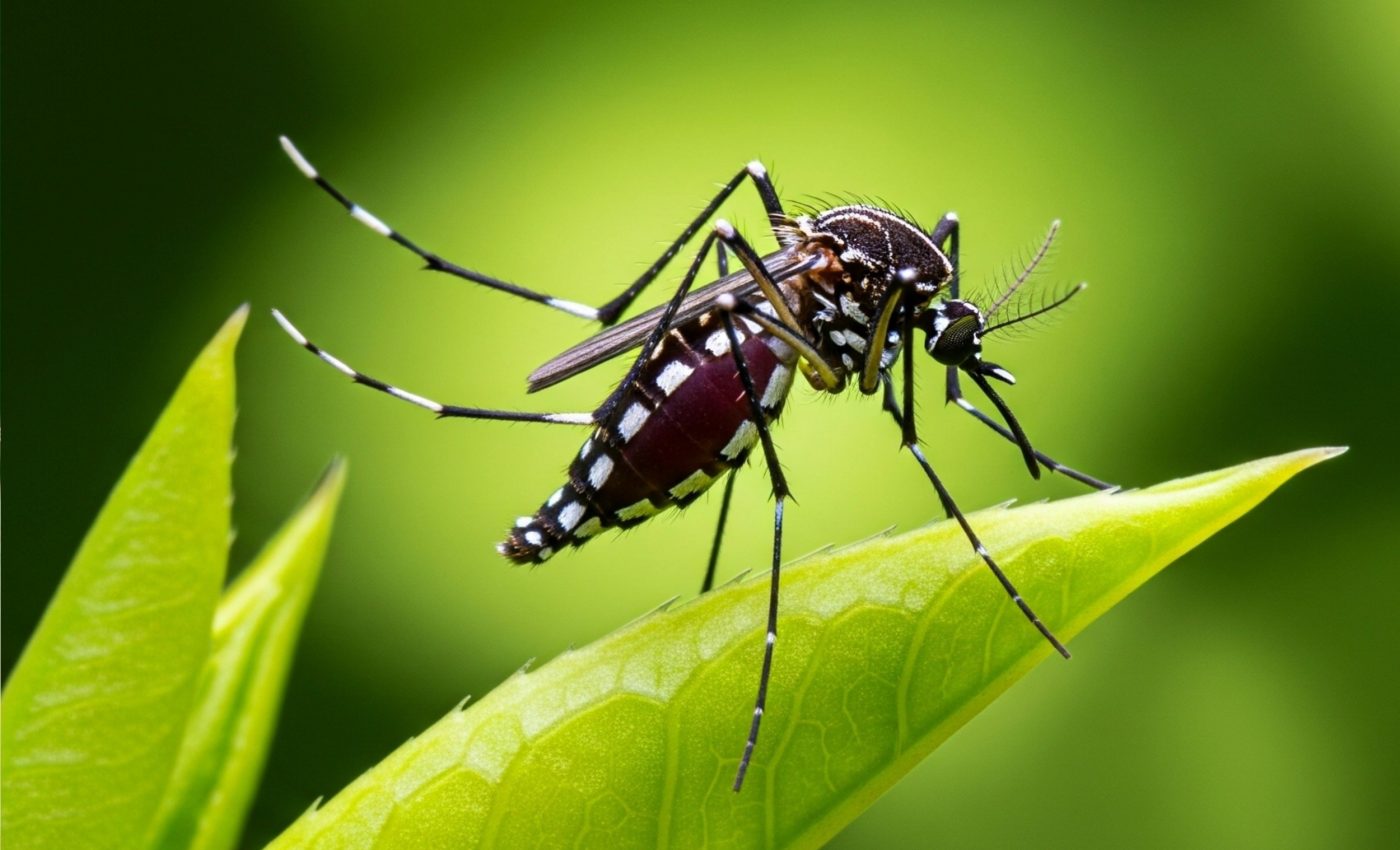
Female mosquitoes control mating with a single move
Female mosquitoes mate only once in their lifetime, and new research reveals that the crucial moment of success or failure lies entirely under their control.
A split-second motion of the female’s genital tip determines whether mating proceeds. If she executes the movement, sperm transfer begins. If she withholds it, the male’s efforts – no matter how determined – end in failure.
The work comes from Leslie Vosshall and her collaborators at the Laboratory of Neurogenetics and Behavior at Rockefeller University.
The team set out to resolve a long-standing paradox about who really calls the shots during mosquito mating.
By combining high-speed video, deep-learning analysis, and fluorescently labeled sperm, the researchers captured the act frame by frame – and found that the decisive step belongs to the female.
Rethinking mosquito reproduction
“There’s an inherent contradiction in this assumption,” said Vosshall. “If females have no say, then multiple males should be able to mate with them all the time. So how can a female mosquito both be a helpless creature but also the decision maker?”
The contradiction matters because a single mating can fuel up to a thousand eggs over a female’s lifetime. After that one encounter, she stores sperm in internal reservoirs then cycles through blood meals and egg-laying every few days.
If males truly dominated, multiple inseminations should be routine. But they aren’t, hinting that something else was going on in that one-to-two-second window when mating attempts occur.
When a twitch changes everything
“It’s a very fast, very subtle change, but it entirely dictates whether mating occurs,” said lead author Leah Houri-Zeevi, a postdoctoral scientist. “If she makes this movement, it happens. If she doesn’t, it doesn’t matter what the male does – no successful mating will occur.”
Across hundreds of encounters in two globally important species – Aedes aegypti (yellow fever mosquito) and Aedes albopictus (Asian tiger mosquito) – the sequence was consistent.
First, a male touches the female’s genital tip with his own. Second, if she chooses to cooperate, the female extends that tip to roughly twice its resting length.
Only then can the third step happen: the male’s internal structures interlock with hers, and sperm transfer occurs. Without that female extension, there is no interlock and no insemination.
Mosquito mating hidden in plain sight
“There’s a long history in biology of assuming male agency and female passivity,” Vosshall said. “This study is a reminder that those assumptions can get in the way of seeing what’s actually happening, even in something as well-studied as mosquito mating.”
The mechanics are easy to overlook: the whole decision plays out in a blink, and prior work often leaned on expectations about who “should” be active.
High-speed, high-resolution cameras and fluorescent sperm turned a blink into analyzable steps and made the female’s role impossible to miss.
Key, lock, and control
In Aedes aegypti, the cue that triggers tip elongation is contact from rapidly vibrating male appendages called gonostyli.
These structures are evolving quickly and differ between species, hinting at a species-specific lock-and-key system. The male’s job is to present the right stimulus; the female’s job is to decide whether to open the lock.
That decision appears to be truly once-only. “After one successful mating, she will never elongate that tip again,” Houri-Zeevi noted.
In subsequent encounters, step two is withheld, which mechanically blocks insemination even if males attempt to pair.
Mating gone wrong
Because Aedes aegypti and Aedes albopictus diverged about 35 million years ago, matings between them don’t produce viable offspring. Still, males commonly try.
Here the anatomy gets messy – and revealing. The larger gonostyli of male A. albopictus can sometimes override the control of A. aegypti females, forcing interlock without the female’s elongation.
That “lock-picking” doesn’t work within their own species but can bypass the aegypti female’s gatekeeping across species lines.
This twist may help explain a field pattern: when A. albopictus invades a region, A. aegypti populations often decline or vanish. If albopictus males repeatedly waste aegypti females’ once-only chance on sterile pairings, the population-level consequences would be severe.
Rewriting mosquito control strategies
Both species are notorious disease vectors, capable of spreading yellow fever, dengue, Zika, and chikungunya.
Many control programs release sterilized or genetically modified males to crash wild populations, counting on futile matings. In that context, the once-only female gate and species-specific keys are not trivial details – they’re design constraints.
“It’s really important for people who work in an area to understand how the biology of females of a local wild population is going to interact with males from a genetically modified population,” Vosshall said.
A program that ignores local lock-and-key details, or cross-species interactions that “pick the lock,” could underperform or even backfire.
Next steps in discovery
The findings reinstate female choice at the center of mosquito reproduction, not as a matter of preference but as a physical gate.
The study also raises new questions. What sensory cues in the genital tip signal the right stimulus? Which neurons transform that input into the elongation command? How does prior mating shut the door forever?
“We want to understand the neuronal code the female is using to sense male stimulation and then make her decision,” Vosshall said. “The question it comes down to is, how does she choose between different suitors given that it’s a once-in-a-lifetime choice?”
A once-only choice demands control, and female mosquitoes have it. A barely perceptible extension of the genital tip is the switch that turns mating on – or keeps it off.
That single movement helps explain why females mate only once, why cross-species encounters can sabotage populations, and how smarter vector control might work in the real world, where biology sets the rules.
The full study is published in the journal Current Biology.
—–
Like what you read? Subscribe to our newsletter for engaging articles, exclusive content, and the latest updates.
Check us out on EarthSnap, a free app brought to you by Eric Ralls and Earth.com.
—–













